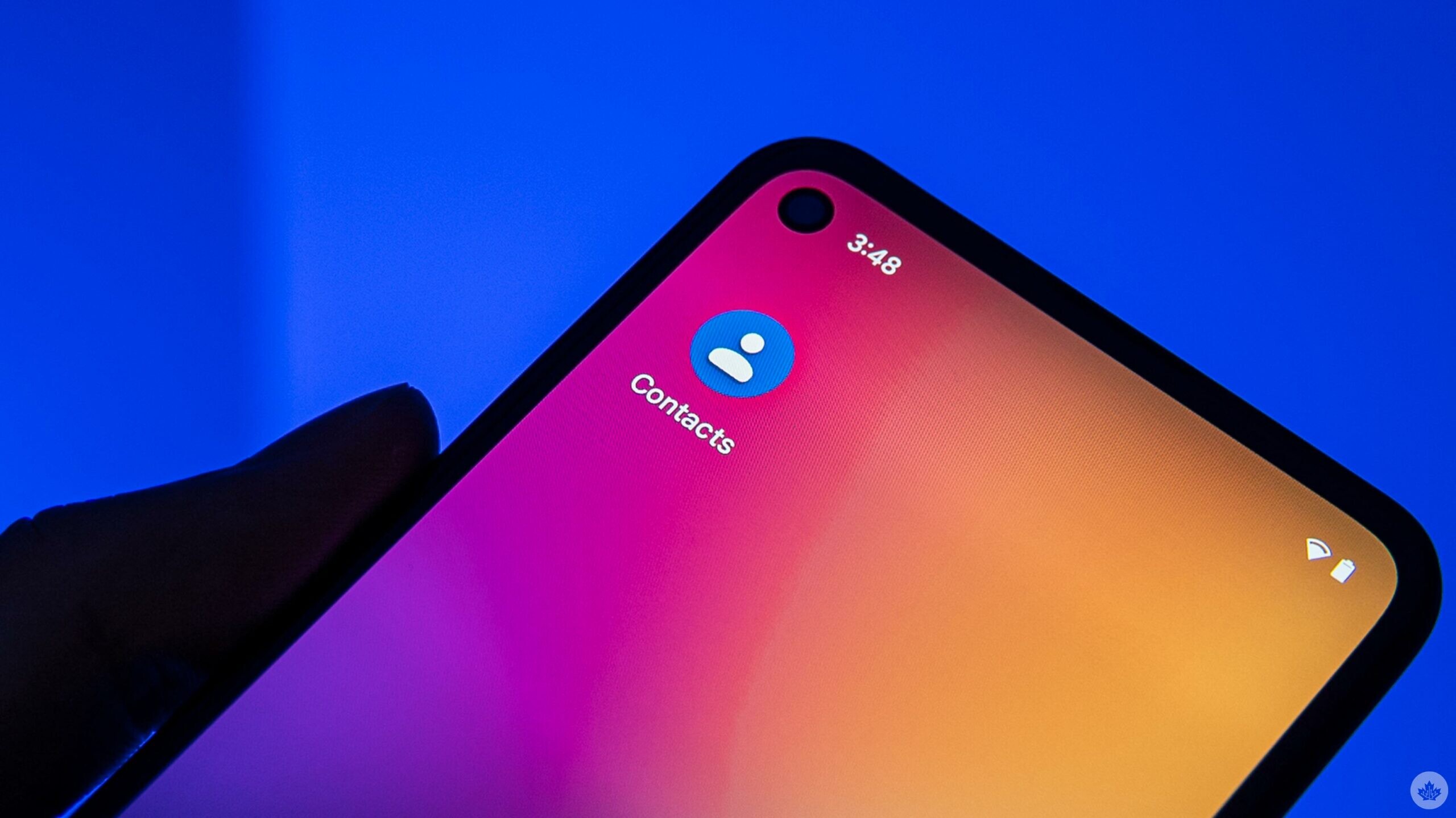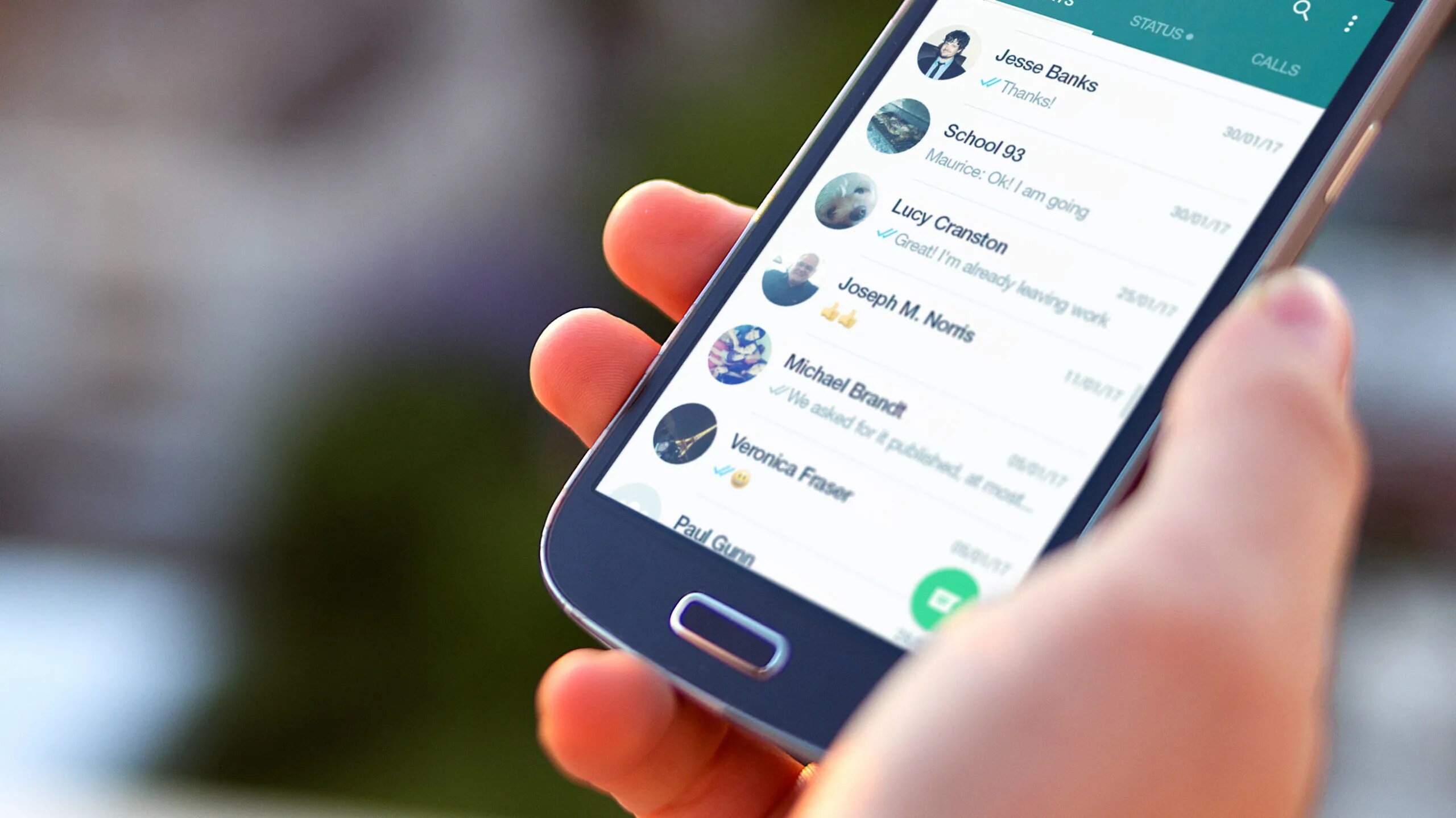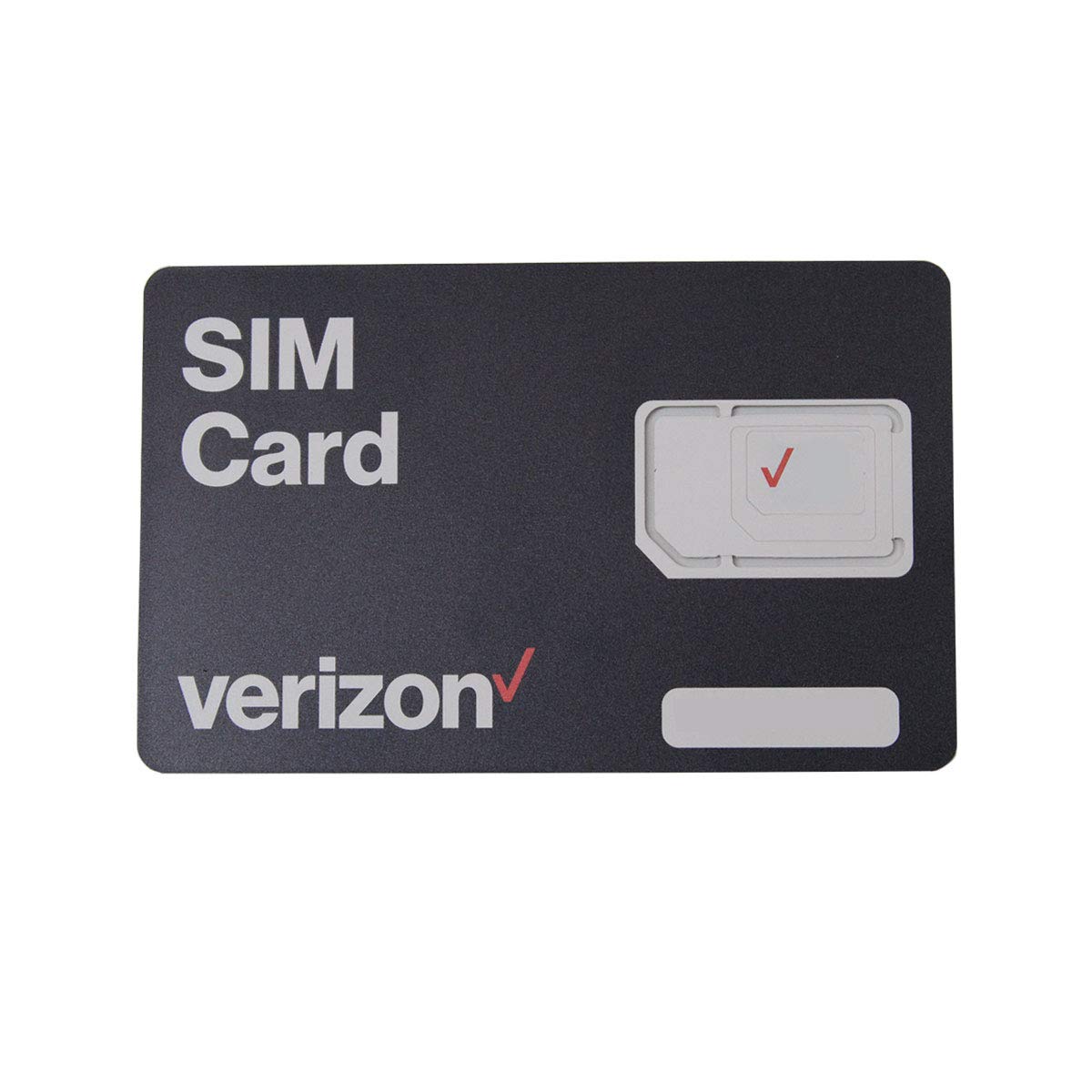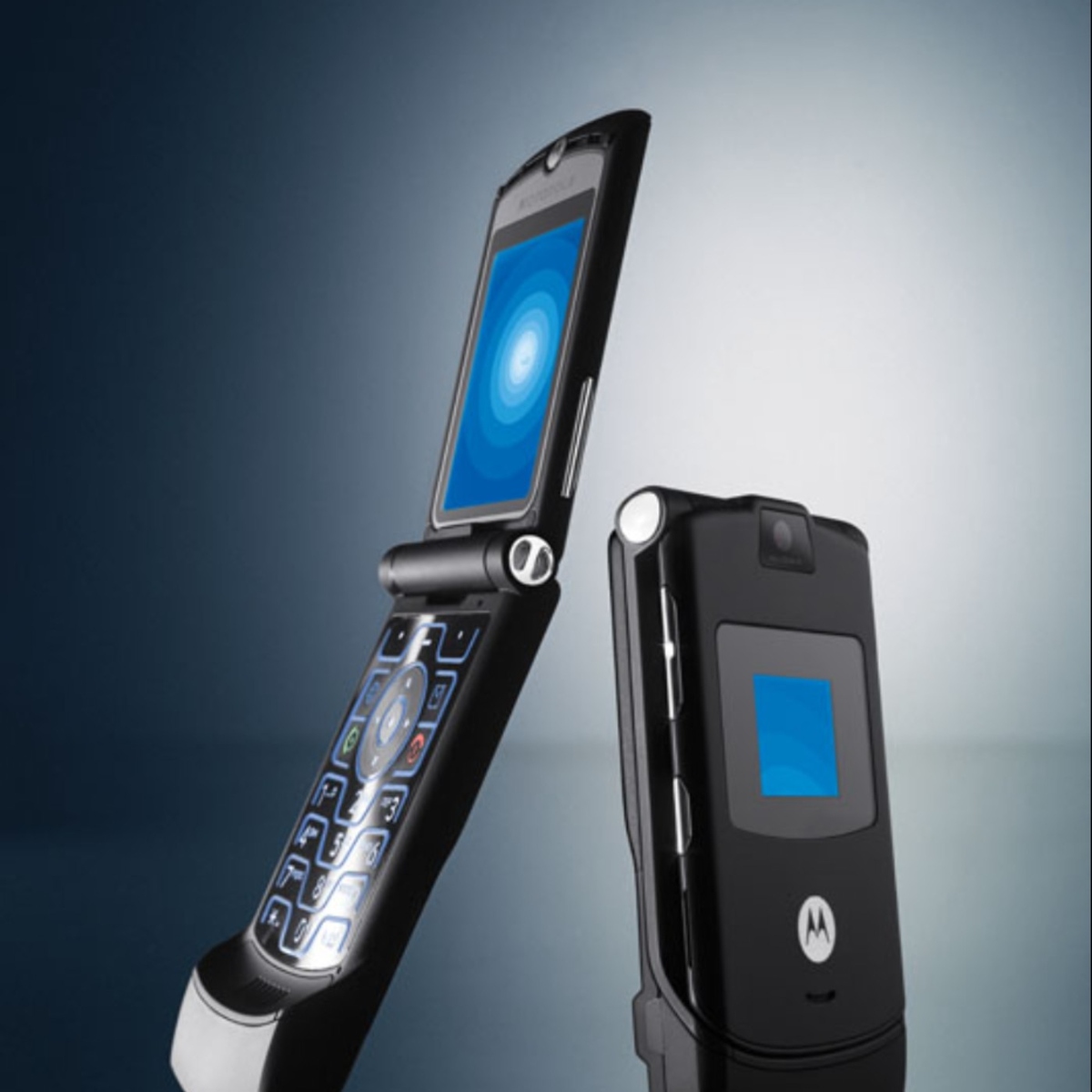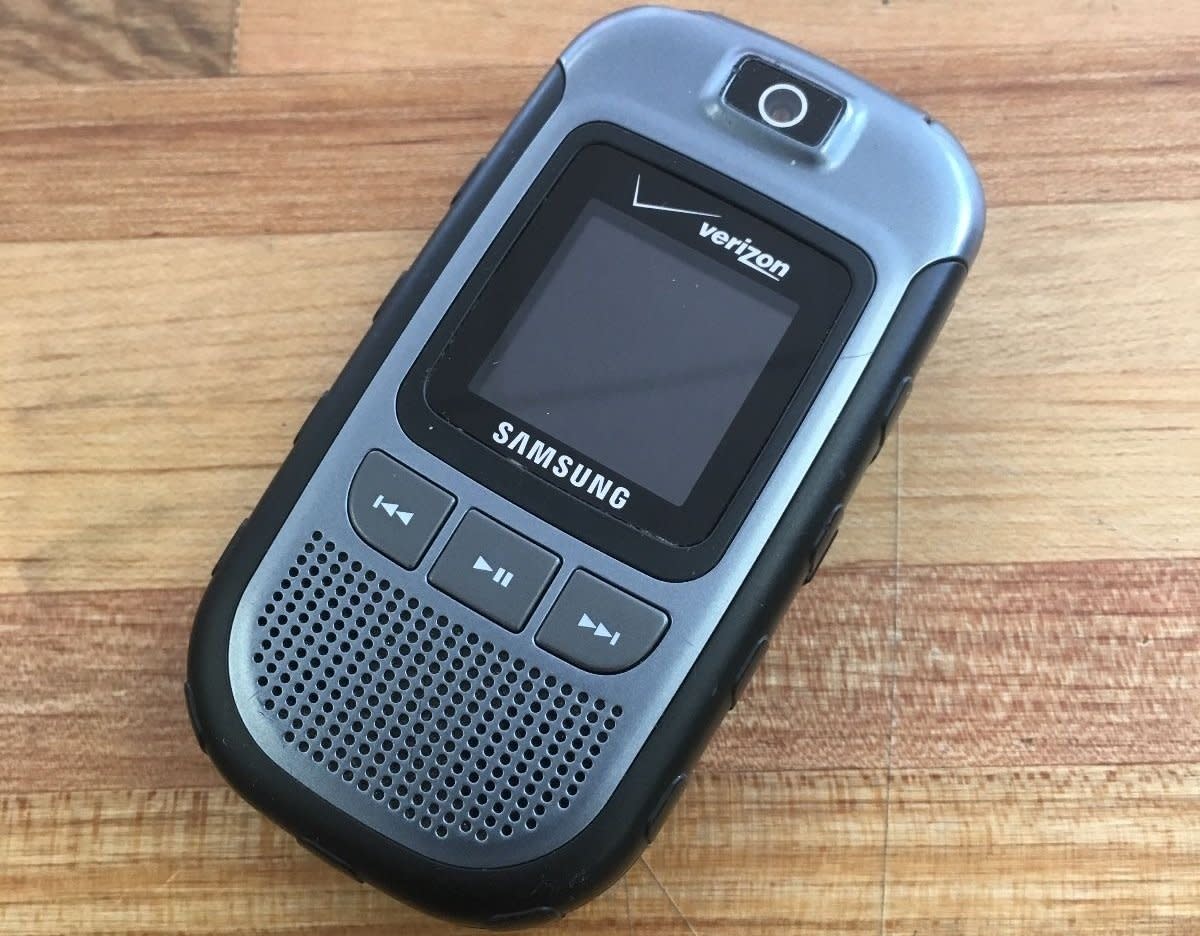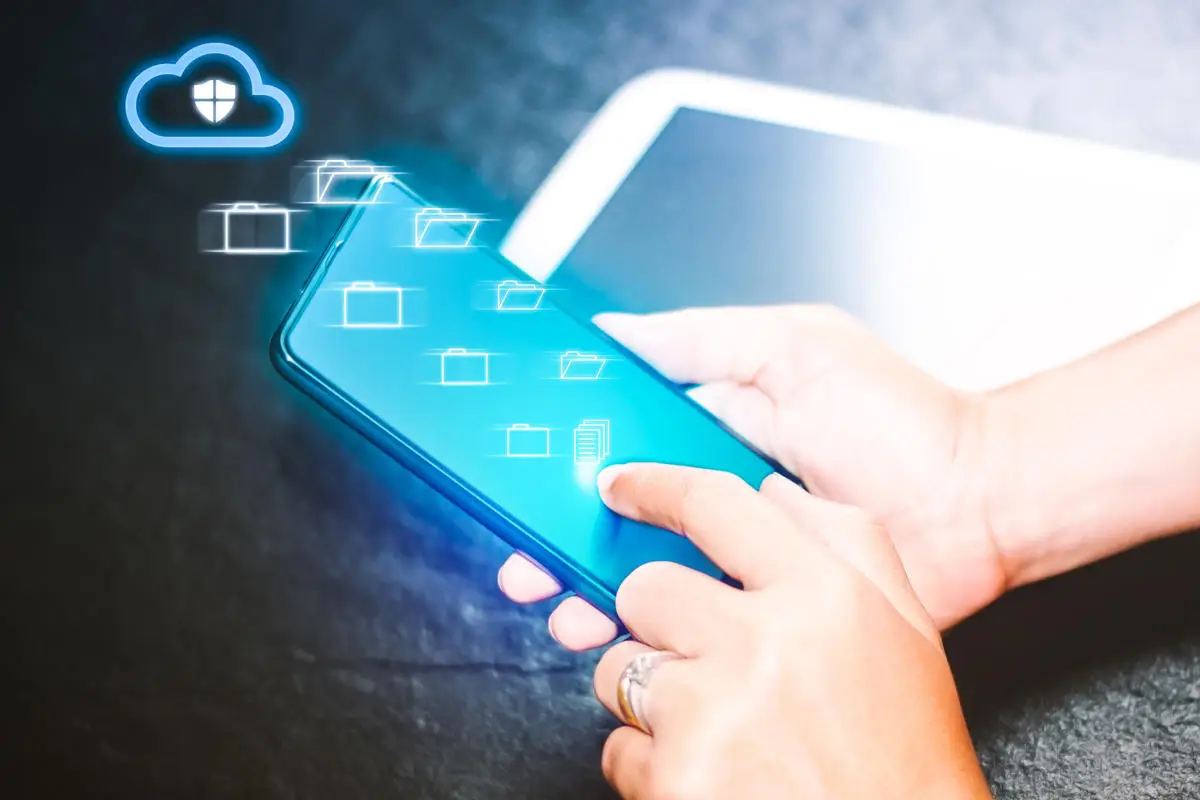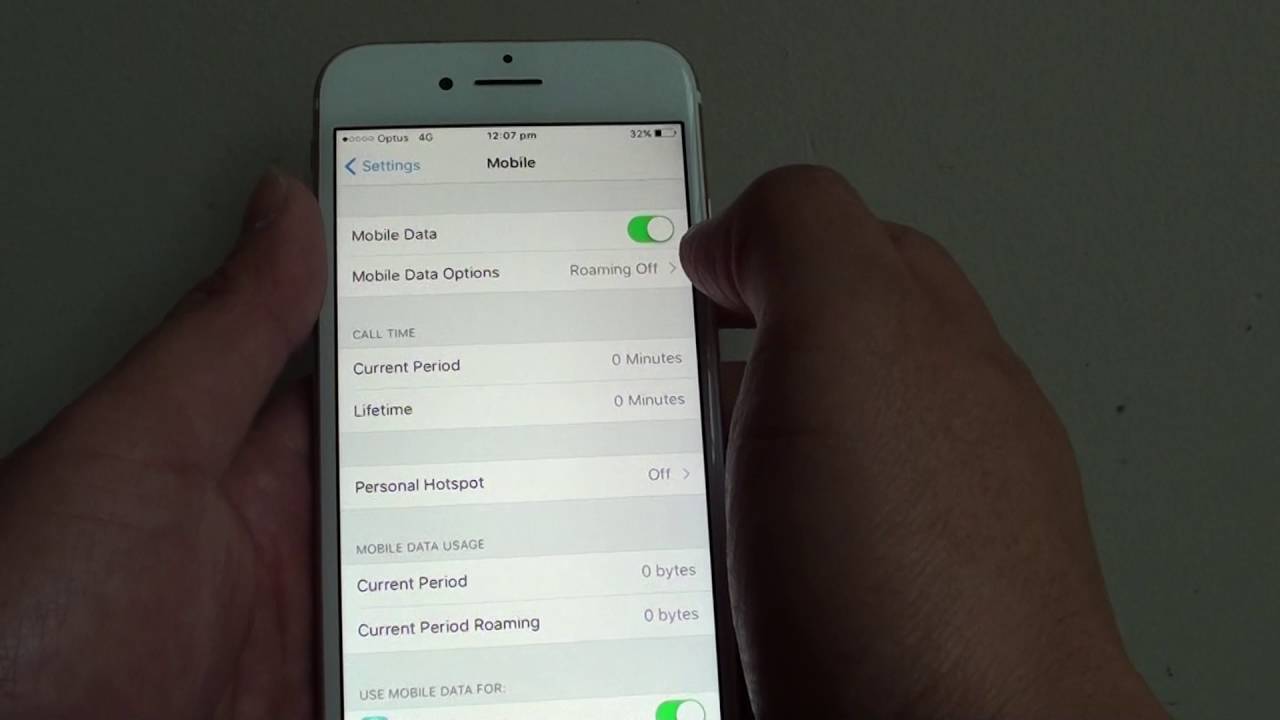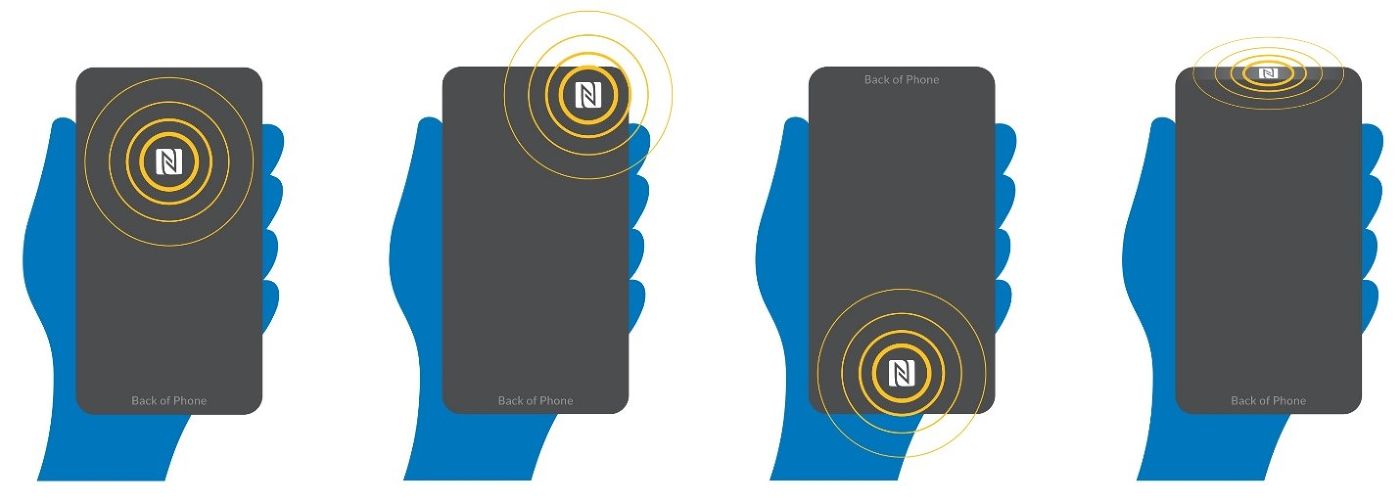Introduction
Transferring contacts from a non-smartphone to an Android device can be a daunting task for many users. However, with the advancement in technology and the availability of various methods, the process has become much simpler and more convenient. Whether your old phone is a basic feature phone or a non-smartphone, you can still transfer your contacts to your new Android device effortlessly.
In this article, we will explore several methods that you can use to transfer contacts from a non-smartphone to your Android device. From using a SIM card to transferring through a computer or even employing Bluetooth technology, we will cover different approaches to help you seamlessly migrate your contacts. Additionally, we will discuss the option of using third-party apps specifically designed to facilitate contact transfers.
Before we dive into the methods, it’s important to note that the specific steps and options outlined may vary depending on the make and model of your non-smartphone. However, the general principles behind each method remain the same.
Now, let’s take a closer look at each method and explore how you can easily transfer your contacts to your new Android device.
Method 1: Transferring contacts from a non-smartphone to Android via SIM card
One of the simplest and most common methods to transfer contacts from a non-smartphone to an Android device is by using a SIM card. Most non-smartphones have the option to save contacts to the SIM card, allowing for easy transfer to a new device. Here’s how you can do it:
- On your non-smartphone, navigate to the contacts app or the phonebook.
- Select the option to copy contacts to the SIM card. This may vary depending on the phone model, but it is usually found in the contacts settings or options menu.
- Choose the contacts that you want to transfer and save them to the SIM card.
- Remove the SIM card from your non-smartphone and insert it into your Android device.
- On your Android device, go to the contacts app or the phonebook.
- Select the option to import contacts from the SIM card. This can usually be found in the settings or options menu of the contacts app.
- Choose the contacts that you want to transfer and import them to your Android device’s contact list.
By following these steps, you can easily transfer your contacts from a non-smartphone to your Android device using a SIM card. However, it’s important to note that SIM cards have limited storage capacity, so you may need to repeat the process if you have a large number of contacts.
Furthermore, be aware that some non-smartphones may have limitations on the type of contact information that can be saved to the SIM card. For example, certain details like email addresses or additional notes might not be transferred via this method. In such cases, you may need to consider alternative methods to ensure a complete transfer of all your contact information.
Method 2: Transferring contacts from a non-smartphone to Android using a computer
If you prefer to transfer your contacts from a non-smartphone to your Android device using a computer, there are several methods you can utilize. Here are a couple of options:
Option 1: Import/Export CSV
- Connect your non-smartphone to your computer using a USB cable or any other appropriate connection method.
- Access the contacts or phonebook application on your non-smartphone and choose the option to export contacts.
- Select the format as CSV (Comma Separated Values) and save the exported file to your computer.
- Disconnect your non-smartphone and connect your Android device to the computer.
- On your Android device, open a web browser and search for an online service or application that allows you to import contacts from a CSV file.
- Upload the exported CSV file to the online service or application and follow the instructions to import the contacts to your Android device.
This method allows you to easily transfer your contacts by exporting them as a CSV file from your non-smartphone and then importing them to your Android device using a computer and an online service or application.
Option 2: Synchronization Software
- Connect your non-smartphone to your computer using a USB cable or any other appropriate connection method.
- Install the synchronization software provided by the manufacturer of your non-smartphone. This software is usually available on the manufacturer’s website.
- Run the synchronization software and follow the instructions to transfer the contacts from your non-smartphone to the computer.
- Disconnect your non-smartphone and connect your Android device to the computer.
- Install the synchronization software provided by the manufacturer of your Android device. This software is usually available on the manufacturer’s website.
- Run the synchronization software and follow the instructions to transfer the contacts from the computer to your Android device.
This method utilizes the synchronization software provided by the manufacturers to transfer contacts from a non-smartphone to a computer and then from the computer to an Android device. This ensures a seamless transfer of your contacts while maintaining compatibility between devices.
It’s important to note that the specific steps and software options may differ depending on the make and model of your non-smartphone and Android device. Make sure to follow the instructions provided by the manufacturers and consult their respective websites for any additional support or troubleshooting.
Method 3: Transferring contacts from a non-smartphone to Android using Bluetooth
If your non-smartphone and Android device both have Bluetooth capabilities, you can use this wireless technology to transfer your contacts. Here’s how you can do it:
- Turn on Bluetooth on both your non-smartphone and Android device. Refer to the user manuals if you’re unsure how to do this.
- On your non-smartphone, navigate to the contacts or phonebook app.
- Select the contacts that you want to transfer via Bluetooth. Usually, there is an option to mark or select multiple contacts at once.
- Choose the option to share or send the selected contacts via Bluetooth. This option may be found in the context menu or the sharing options of your non-smartphone’s contacts app.
- On your Android device, go to the Bluetooth settings and make sure it is discoverable.
- On your non-smartphone, select your Android device from the list of available Bluetooth devices to begin the transfer.
- Accept the Bluetooth pairing request on your Android device. You may need to enter a PIN code or verify the connection.
- Once the devices are paired, the transfer of contacts will begin. This process may take some time depending on the number of contacts being transferred.
- Once the transfer is complete, the contacts will be available on your Android device’s contact list.
Using Bluetooth to transfer contacts provides a convenient wireless option, eliminating the need for cables or computer connections. However, it’s important to note that the Bluetooth capabilities and menu options may vary depending on the make and model of your non-smartphone. Make sure to consult the user manual or manufacturer’s website for specific instructions.
Additionally, Bluetooth transfers are generally suitable for smaller contact lists. If you have a large number of contacts, it may take longer to complete the transfer, and you may need to consider alternative methods such as using a computer or a third-party app.
Method 4: Transferring contacts from a non-smartphone to Android with a third-party app
If the previous methods are not suitable or available for your specific non-smartphone, or if you have a large number of contacts to transfer, using a third-party app can be a viable solution. There are various apps available on the Google Play Store that are specifically designed to facilitate contact transfers from non-smartphones to Android devices. Here’s how you can use a third-party app to transfer your contacts:
- Go to the Google Play Store on your Android device and search for “contact transfer” or a similar keyword.
- Browse through the available apps and read reviews to find a reliable and highly-rated app that suits your needs.
- Install the selected app on your Android device and open it.
- Follow the on-screen instructions provided by the app to set it up for contact transfer.
- On your non-smartphone, launch the app or service provided by the developer of the chosen app.
- Connect your non-smartphone to your Android device using a USB cable or any other compatible connection method as specified by the app.
- Once the connection is established, the app will prompt you to initiate the transfer process.
- Follow the instructions provided by the app to transfer your contacts from the non-smartphone to your Android device.
- Once the transfer is complete, disconnect the devices and you will find your contacts available on your Android device.
Using a third-party app offers a straightforward and hassle-free method for transferring contacts from a non-smartphone to an Android device. These apps are specifically designed to handle contact transfers and often provide additional features, such as contact backup and synchronization.
It’s important to note that the specific steps and options may differ depending on the app you choose. Make sure to carefully read the provided instructions and follow them to ensure a successful and accurate transfer of your contacts.
Furthermore, it’s always advisable to read user reviews and choose a reputable app to ensure the security and privacy of your contacts during the transfer process.
Conclusion
Transferring contacts from a non-smartphone to an Android device is made easier with the various methods available. Whether you choose to use a SIM card, a computer, Bluetooth, or a third-party app, there are options for every situation and preference.
If your non-smartphone supports saving contacts to a SIM card, this is a simple and convenient method. Just copy your contacts to the SIM card, insert it into your Android device, and import the contacts. However, keep in mind that SIM cards have limited storage capacity, so you may need to perform multiple transfers for larger contact lists.
Transferring contacts through a computer provides more flexibility. You can export contacts as a CSV file from your non-smartphone and import them to your Android device using online services or applications. Alternatively, you can utilize synchronization software provided by the manufacturers to ensure a seamless transfer between devices.
If both your non-smartphone and Android device have Bluetooth capabilities, you can transfer contacts wirelessly. Simply pair the devices and initiate the transfer process. However, Bluetooth transfers may be slower for larger contact lists, so consider this when choosing the method.
For more advanced features and larger contact lists, using a third-party app is a reliable option. These apps are specifically designed for contact transfers and often provide additional functionality, such as contact backup and synchronization.
It’s important to note that the specific steps and options may vary depending on your non-smartphone and Android device. Consult the user manuals and manufacturer’s websites for detailed instructions.
Now that you are equipped with the knowledge of different methods for transferring contacts from a non-smartphone to an Android device, you can easily migrate your important contacts and ensure a seamless transition to your new device.







